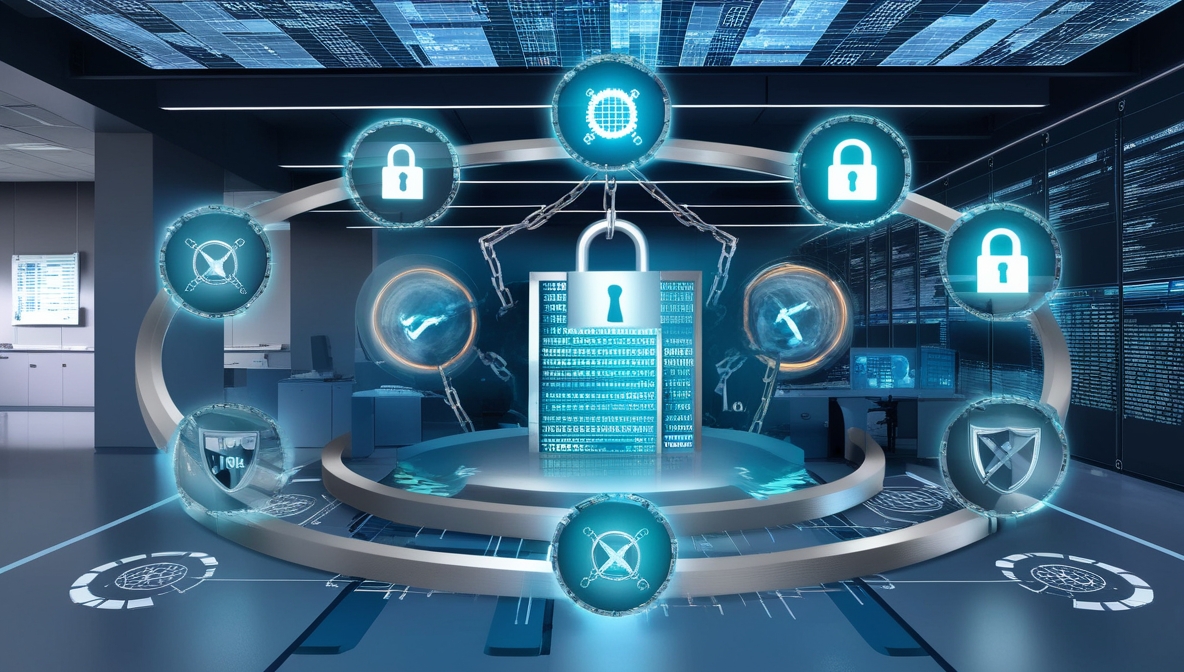Cybersecurity Professional Survey (2014)
This survey tracks the trends in certification and compensation of cybersecurity professionals.
As cyber threats continue to evolve and become more sophisticated, the field of cybersecurity is constantly changing and adapting. Here are some of the latest trends in cybersecurity:
These trends will likely continue to shape cybersecurity in the coming years as cybersecurity professionals work to stay ahead of the latest threats and protect organizations from cyber attacks.
The Cybersecurity Trends category in our CIO Reference Library is a curated collection of resources, articles, and insights focused on providing IT executives and other professionals with an understanding of the latest trends and emerging threats in cybersecurity. This category aims to help organizations stay up-to-date with the latest developments in cybersecurity and adapt their strategies and measures accordingly.
Cybersecurity is an ever-evolving field, and new trends and challenges are constantly emerging. This category covers a wide range of topics related to cybersecurity trends, including:
By exploring the Cybersecurity Trends category, IT executives and other professionals can stay up-to-date with the latest trends and emerging threats in cybersecurity. This knowledge can help organizations adapt their strategies and measures to effectively mitigate the risks of cyber threats, protect sensitive data, ensure regulatory compliance, and maintain business continuity in an increasingly complex and dynamic cybersecurity landscape.
This survey tracks the trends in certification and compensation of cybersecurity professionals.
This comprehensive survey explores the emerging cybersecurity threats and mechanisms to cope with them to prevent harm to the enterprise. It will help CIOs understand, predict, prevent, detect, and respond to cybersecurity threats.
This survey explores the prevalence of cyber breaches, their impact, actions businesses are taking to protect themselves, and recommends actions to prepare your enterprise for cyber attack. Good advice for the CIO to create a cybersecurity strategy that anticipates what can go wrong and prevents it.
This annual survey tracks the state of security in enterprises across industry and geography to learn what is coming down the security pike, how are others planning for it?, how best to plan for it? An excellent resource for CIOs to create a robust security capability.
This annual survey tracks the state of security in enterprises across industry and geography to learn what is coming down the security pike, how are others planning for it?, how best to plan for it? An excellent resource for CIOs to create a robust security capability.
This annual survey tracks the state of security in enterprises across industry and geography to learn what is coming down the security pike, how are others planning for it?, how best to plan for it? An excellent resource for CIOs to create a robust security capability.
This annual survey tracks the state of security in enterprises across industry and geography to learn what is coming down the security pike, how are others planning for it?, how best to plan for it? An excellent resource for CIOs to create a robust security capability.
This annual survey tracks the state of security in enterprises across industry and geography to learn what is coming down the security pike, how are others planning for it?, how best to plan for it? An excellent resource for CIOs to create a robust security capability.
This survey explores senior leaders' concerns and attitudes towards cyber security, the steps they are taking to secure the enterprise, and the communication and training being imparted on employees to prepare them for cyber defense.

This detailed cybersecurity survey explores the challenges of small businesses in 2016, emphasizing the increasing threat of cyber-attacks. It covers key findings on the level of preparedness among smaller organizations and offers practical, framework-based solutions tailored to meet their unique needs. Discover how cybersecurity risks can impact business operations and learn the steps small businesses can take to fortify their defenses.